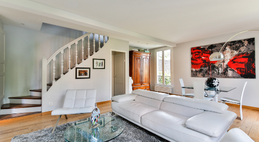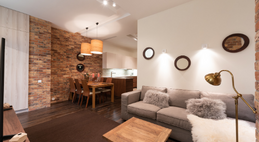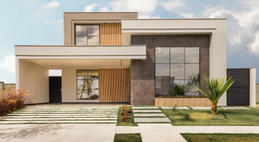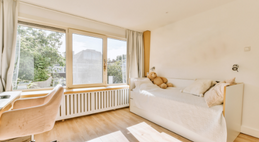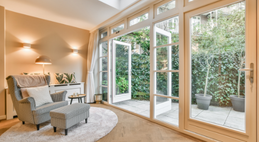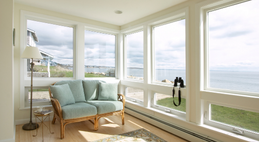In particular we focus on getting the loan structure right the first time, choosing which lenders to use in the right order (yes this is important) and finally getting our clients the best deal possible.
Apartments smaller than 50 m2
Small apartments under 50 m2, under 40 m2 or even under 30m2 can be financed through mainstream lenders. However policies vary considerably between lenders (and their chosen mortgage insurers if applicable).
There is also sometimes conjecture between what is and what isn't smaller than a certain size. This can come down to how an actual valuer measures a property. We have in the past had one valuer value a property on behalf of a lender and say it was 39m2 and another say the same property was 45m2!
Units & apartments between 40m2 & 50m2
Generally if the property is more than 40m2 internally, excluding balcony space and carport space etc we should be able to help you finance the property at normal loan to value ratios (LVR's) i.e. up to a maximum of 95% for purchases and 90% for refinances.
Please note this does not apply to student accommodation or serviced apartments which generally require a larger deposit.
If the unit internal size is over 50m2 then the property would usually be acceptable to just about all lenders.
It is key for us to know the internal size of the property in m2 and the balcony and car space sizes (if applicable). We can then guide you to the most appropriate lender who will approve your loan.

Mortgage insurers policies between 30m2 & 50m2
Loans with LVR's above 80% (less than 20% deposit) are subject to the mortgage insurers policies in addition to the actual lenders themselves. Many of the larger lenders have what is called a DLA or delegated lending authority with their chosen insurer. This means effectively the lenders policies override the mortgage insurers in most instances. This mans sometimes the lenders own policies can be stricter than the LMI providers too so care is nodded to navigate the options. Below are the two main mortgage insurers and their current policies on unit sizes.
- Helia....Acceptable security for a loan "At least 30m2 in living area, excluding balconies and car space".
- QBE.....Acceptable security for a loan "Properties greater than 40 square metres (excluding balconies and parking)."
Note here some additional rules apply for high density locations and exclusions apply for student and serviced apartment type units.
Call us to discuss the specifics of the property you are looking at.
Small units & apartments less than 40m2 internally but over 50m2 including balcony and car space
There is one major lender who will look at "total unit size" which includes the internal space of the unit, the balcony space and car space if on title of the property. Their minimum total size is 50m2. If a unit meets that criteria then 90% home loans are possible.
Why are the lending rules so complicated for units under 50m2 ?
It comes down to the lenders drawing "a line in the sand" so to speak on what is and what is and what isn't acceptable as a minimum size for a property that is going to be used as security for a loan.
If a property is very small, lenders and insurers rightly take the view that the property will appeal to less people than a standard suburban home or a larger unit for example.
The pros and cons for units under 50m2 - Our view
With a large portion of Australia's immigrant population coming from Asia where high density living is more the norm we can envisage a time when the above considerations are no longer held by lenders. There is also the argument that as populations increase there will be more appeal to living closer to the city centres rather in outlying suburbs which will increase the appeal of units in general.
On the flip side as it currently stands there is still a saleability factor to consider when looking at smaller units. Will you be able to sell the unit quickly if needed? This is a consideration for both borrower and lender.
Need help financing an unusual property? Contact the Mortgage Experts
Our Current Lender Panel















